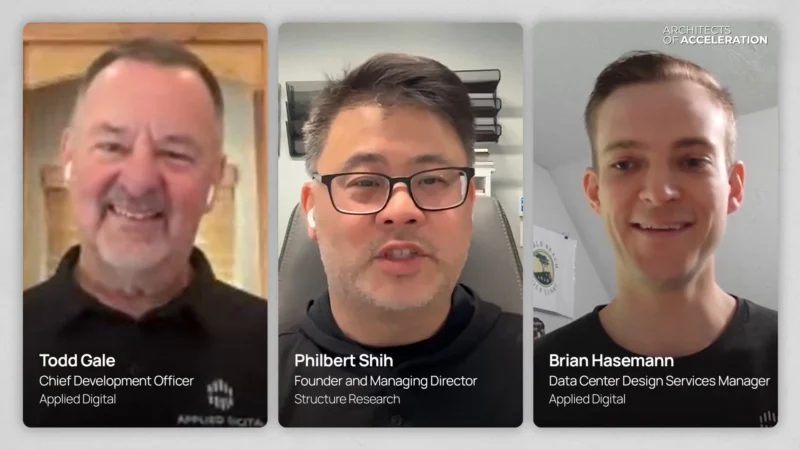How BASELAYER is Filling in the Gaps in the Metro Core and Metro Edge
Network cables form the nervous system of internet and communication, connecting people, devices, and businesses around the world. Submarine cables bring continents together and long-haul fiber cables run across countries. Then, there is a metro core which feeds the front end of a city. From here, you have what is called the metro edge which gets the network closer to buildings. Finally, the local access network is the actual fiber running to homes and buildings, where computing is needed, and data gets produced and consumed.
Vast amount of data generation and need for faster computing is putting a lot of pressure on the metro edge and metro core. This has helped industry in identifying new problems such as latency, security, optimal capacity and scalability. Lately, there has been a lot of industry movement to optimize and improve these gaps between the metro core and metro edge.
BASELAYER is a leading player in this space with offerings such as its easy to deploy modular Edge DC solution. Let’s take a closer look at how BASELAYER is helping the industry solve these challenges.
Gaps in the Middle of the Pipe
Putting a module on the edge—closer to the final mile—helps with latency. But the real trick has to do with the gaps in the middle of the pipe.
“If the pipe, so to speak, for the last mile is huge, a lot of water can flow through it,” explains Samir Shah, Chief of Staff at BASELAYER, in a recent presentation given by SRP/BASELAYER. “That’s the ideal. But if you’re situated upstream, that fast pipe to your house doesn’t matter. You still have to wait. And even though you may have the fastest local cache, you can’t process anything that’s coming across from everywhere else.”
This is where carriers deploy BASELAYER modules—to address gaps in the middle of the metro core and metro edge. BASELAYER’s quick, efficient, scalable, and affordable infrastructure upgrade helps telecom companies provide data center capacity to tackle fast growing needs. However, these solutions must address both download speed and upload speed; and when the IoT is taken into account, upload is an issue.
The Expansion of IoT is Driving the Upload Speed Issue
“There are all these sensors coming off of IoT devices such as Fitbits and intelligent buildings that have to go upstream to some kind of cloud,” says Shah. “Well, if you’re throttled on uploading data back, as more and more of those sensors come online, it’s going to be a big problem. Having more edge data center capacity closer to your eyeball is the solution. It’s a pure physics problem that we are dealing with”.
When it comes to improving speeds along the last mile, on-site data center capacity matters. Consider, for example, a hospital. Instead of wasting prime space inside the building for a data center, hospitals can take BASELAYER’s Edge X2 module and set it right outside in the parking lot or next to their utility stations. The Edge X2 solution also works well with schools or universities, government entities, and even large businesses.
Improve Speed and Reduce Space Usage with the Edge X2
“Space is the main driver for sure,” explains Marvin Rowell, Sr. DC Engineer, BASELAYER, during the same SRP/BASELAYER presentation. To improve both download and upload speeds for network users, he says, it’s all about “getting that data as close to you as possible without wasting valuable footprint inside of a facility.”
With the Edge X2, facilities of all sizes and types get a pro modular data center for a greatly reduced price—and an opportunity to improve networking performance—resulting in faster download and upload speeds. Learn more about what BASELAYER can do for your enterprise today at baselayer.com/products/.
Read more at baselayer.com









